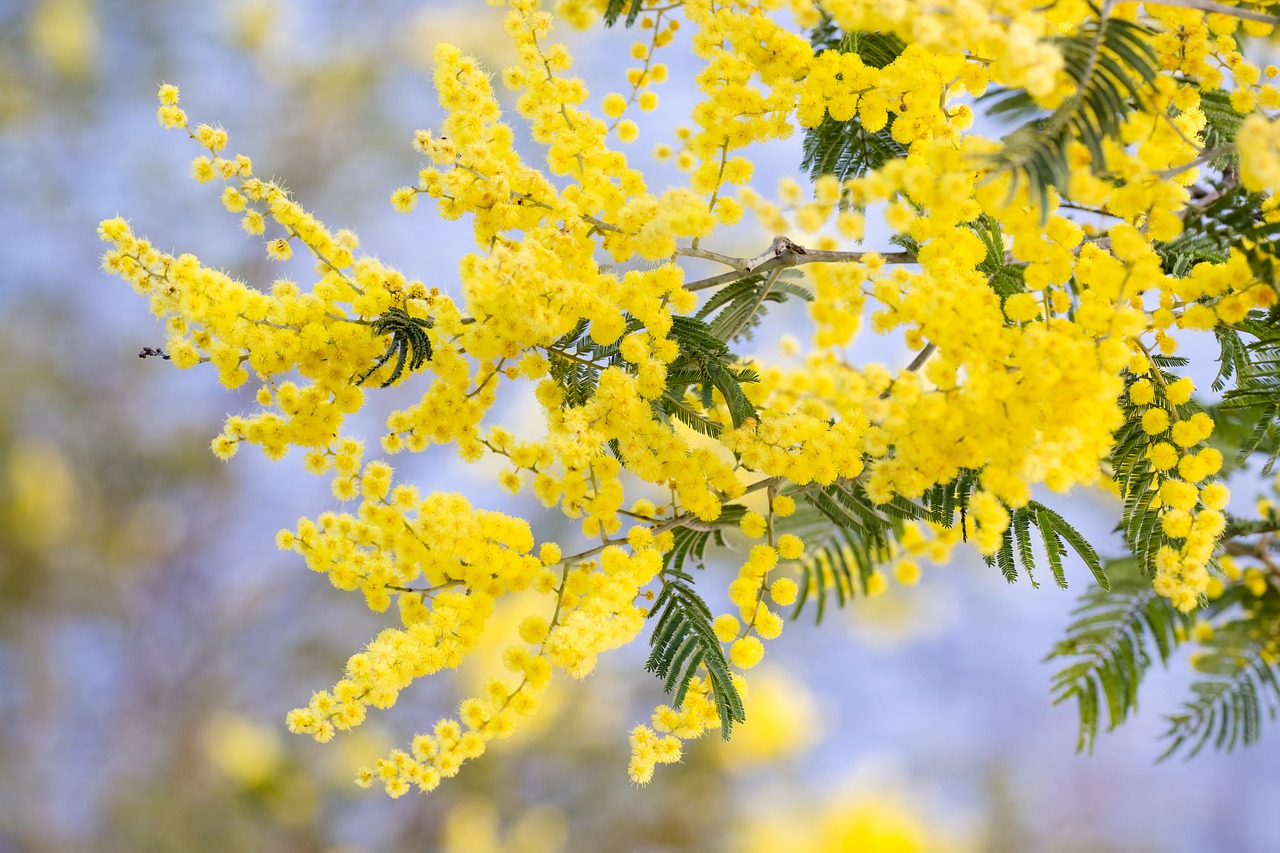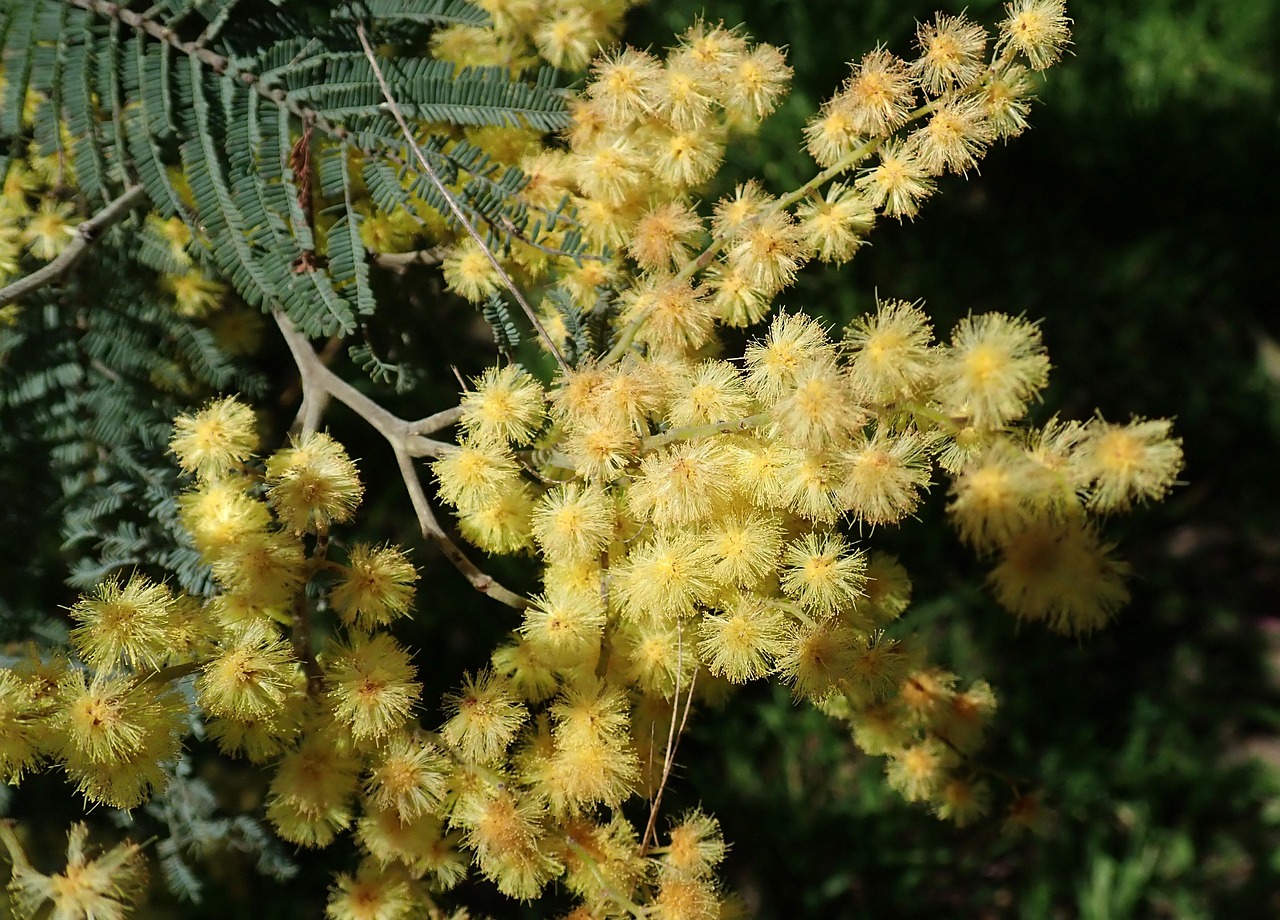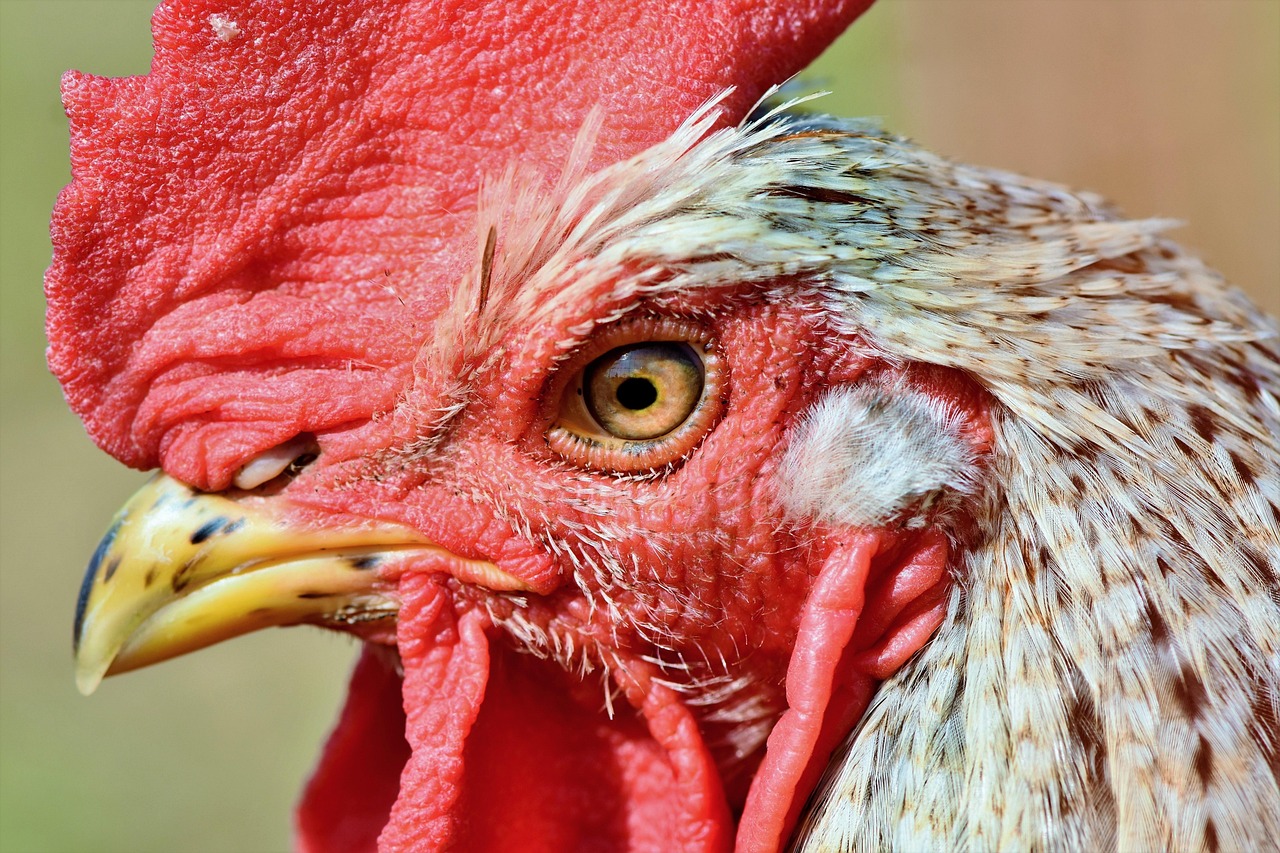Wattle trees, particularly species like Acacia, are known for their rapid growth rates, often reaching maturity within 3 to 5 years. This makes them ideal for fast native reforestation efforts, as they quickly provide ground cover, improve soil quality, and enhance biodiversity. Their ability to fix nitrogen also benefits surrounding plant life, promoting ecosystem recovery.
Wattle trees are known for their rapid growth rate, often reaching maturity within 5 to 10 years. This makes them an ideal species for fast native reforestation efforts, providing habitat and improving soil quality.
Reforestation is a critical process for restoring ecosystems. It helps combat climate change, enhances biodiversity, and supports various wildlife species. Among the many tree species used in reforestation, wattle trees stand out due to their quick growth and resilience. They belong to the Acacia genus and are native to Australia and nearby regions.

Wattle trees can grow up to 3 meters (about 10 feet) in height within just one year under optimal conditions. Their fast growth rate makes them highly effective for stabilizing soils and preventing erosion in degraded landscapes. Additionally, they have the ability to fix nitrogen in the soil, which enriches the nutrients available for other plants.
Understanding Wattle Trees
Wattle trees are characterized by their unique foliage and vibrant yellow flowers. They play a crucial role in the ecosystem by providing shelter and food for various wildlife. In Australia, these trees form part of the natural landscape and are culturally significant to Indigenous peoples.
There are numerous species of wattle trees, each with its own growth characteristics and environmental requirements. Some common species include:

- Acacia pycnantha (Golden Wattle)
- Acacia dealbata (Silver Wattle)
- Acacia mearnsii (Black Wattle)
Each species has adapted well to different environments, making them versatile options for reforestation projects. The choice of which species to plant often depends on local climate conditions and soil types.
Growth Conditions for Wattle Trees
Wattle trees thrive in a variety of conditions. However, there are specific factors that can influence their growth rate significantly:
- Soil Type: Wattle trees prefer well-drained soils. Sandy or loamy soils are ideal, as they provide good drainage and aeration.
- Water Availability: While they are drought-tolerant once established, wattle trees benefit from regular watering during their early growth stages.
- Sunlight: Full sunlight exposure promotes healthy growth. Wattle trees should be planted in areas with minimal shade.
- Temperature: They thrive in warm climates but can adapt to cooler temperatures if conditions are favorable.
The right combination of these factors can lead to optimal growth rates, enabling quicker establishment in reforestation efforts. It is essential to monitor these conditions regularly to ensure the health of the trees.

Benefits of Using Wattle Trees for Reforestation
The advantages of planting wattle trees extend beyond their rapid growth rates. Here are some key benefits:
| Benefit | Description |
|---|---|
| Soil Improvement | Wattle trees improve soil fertility by fixing nitrogen, which benefits surrounding plants. |
| Biodiversity Support | They provide habitat and food sources for various animal species, enhancing local biodiversity. |
| Erosion Control | Their root systems help stabilize soil, reducing erosion and promoting land restoration. |
| Aesthetic Value | Their bright flowers add beauty to landscapes, making them visually appealing in reforestation projects. |
These benefits make wattle trees an excellent choice for quick native reforestation initiatives. By selecting the appropriate species and ensuring proper growing conditions, communities can effectively restore ecosystems while reaping numerous ecological advantages.
In summary, wattle trees showcase a remarkable growth rate that supports rapid reforestation efforts. Their ability to thrive in various environments while providing ecological benefits makes them an indispensable component of sustainable land management practices.

Factors Affecting Wattle Tree Growth Rates
The growth rate of wattle trees can vary significantly based on several environmental and biological factors. Understanding these factors is crucial for maximizing their potential in reforestation projects. Here are the primary elements that influence growth rates:
- Genetic Variation: Different species of wattle trees exhibit varying growth patterns. Some species naturally grow faster than others, so selecting the right species is essential.
- Soil Quality: The nutrient composition of the soil can directly affect growth rates. Soils rich in organic matter and nutrients will support healthier and faster-growing trees.
- Climate Conditions: Temperature, rainfall, and sunlight all play critical roles. Wattle trees flourish in warm climates with adequate rainfall during their early growth stages.
- Pests and Diseases: Infestations or diseases can hinder growth. Disease management and pest control strategies should be implemented to ensure healthy development.
By addressing these factors, land managers can enhance the growth rates of wattle trees, thereby improving the success of reforestation efforts.
Optimal Planting Techniques for Wattle Trees
To maximize the growth rate of wattle trees, it is essential to adopt proper planting techniques. These methods ensure that the trees establish themselves effectively in their new environment. The following practices are recommended:
- Site Preparation: Clear the planting area of weeds and debris to reduce competition for resources. Loosen the soil to improve aeration and drainage.
- Spacing: Provide adequate spacing between trees to ensure they have enough room to grow. A common recommendation is to plant them at least 1-2 meters apart.
- Timing: Plant during the optimal season, typically spring or early fall, when temperatures are mild and rainfall is more predictable.
- Watering: Ensure young trees receive sufficient water, especially during dry spells. Regular watering helps establish deep root systems.
Following these planting techniques can lead to faster establishment and growth of wattle trees, contributing to successful reforestation outcomes.
The Role of Wattle Trees in Ecosystem Restoration
Wattle trees are not just fast growers; they also play a vital role in ecosystem restoration. Their presence can lead to significant environmental improvements. Here are some key roles they fulfill:
| Role | Description |
|---|---|
| Nitrogen Fixation | Wattles have a symbiotic relationship with bacteria that allows them to convert atmospheric nitrogen into a form usable by plants, enriching soil quality. |
| Habitat Creation | Their dense foliage provides shelter for birds and small mammals, fostering biodiversity in replanted areas. |
| Carbon Sequestration | Wattle trees absorb carbon dioxide from the atmosphere, helping mitigate climate change by storing carbon in their biomass. |
| Erosion Prevention | Their extensive root systems stabilize soil, preventing erosion and promoting land recovery in degraded areas. |
The benefits of incorporating wattle trees into reforestation projects extend beyond their rapid growth rates. Their ecological contributions make them indispensable for restoring and rehabilitating degraded landscapes.
Challenges in Wattle Tree Cultivation
Despite their many advantages, cultivating wattle trees for reforestation can present challenges. Understanding these challenges can help land managers develop effective strategies to overcome them:
- Pest Infestation: Wattle trees can be susceptible to pests such as leaf-eating caterpillars and aphids, which can slow down their growth.
- Disease Risks: Fungal infections can affect wattle health. Regular monitoring and preventive measures are necessary to protect young trees.
- Invasive Species: In some regions, non-native species may outcompete wattle trees for resources, hindering their establishment and growth.
- Climate Change: Shifts in climate patterns can alter rainfall distribution and temperature extremes, affecting tree survival and growth rates.
Addressing these challenges requires a proactive approach, including integrated pest management strategies and careful monitoring of environmental conditions. By anticipating potential issues, communities can better support the growth and establishment of wattle trees in reforestation efforts.
Wattle Trees and Their Role in Climate Mitigation
Wattle trees offer significant advantages in the fight against climate change. Their rapid growth and ability to sequester carbon make them essential in reforestation and ecosystem restoration efforts. The following sections explore how wattle trees contribute to climate mitigation.
Carbon Sequestration Potential
Carbon sequestration refers to the process of capturing and storing atmospheric carbon dioxide. Wattle trees play a crucial role in this process due to their fast growth rates and biomass accumulation. Here are some key points about carbon sequestration by wattle trees:
- Rapid Growth: Wattle trees can grow significantly in a short time, often reaching several meters in height within a few years. This rapid growth allows them to absorb more carbon dioxide.
- High Biomass: As they mature, wattle trees accumulate a large amount of biomass. This biomass serves as a long-term carbon sink, effectively storing carbon within the tree’s structure.
- Soil Carbon Storage: The root systems of wattle trees contribute to soil health, enhancing soil organic matter and promoting further carbon storage in the soil.
Research indicates that planting wattle trees in reforestation projects can lead to substantial reductions in atmospheric carbon levels. This makes them valuable allies in combating climate change.
Improving Soil Quality and Health
Wattle trees not only sequester carbon but also enhance soil quality through various mechanisms. Their ability to improve soil health is crucial for the success of reforestation initiatives. Here are some ways wattle trees contribute to soil improvement:
- Nitrogen Fixation: Wattle trees have a symbiotic relationship with nitrogen-fixing bacteria. This process enriches the soil with nitrogen, making it more fertile for other plants.
- Organic Matter Contribution: As wattle trees shed leaves and branches, they contribute organic matter to the soil. This organic material enhances soil structure and nutrient retention.
- Erosion Control: The extensive root networks of wattle trees stabilize the soil, preventing erosion during heavy rains and maintaining soil integrity.
The improvement of soil quality not only benefits wattle trees but also supports the growth of other native plant species, creating a healthier ecosystem.
Wattle Trees and Biodiversity Enhancement
Wattle trees play a significant role in enhancing biodiversity within ecosystems. Their presence can lead to increased wildlife populations and improved habitat conditions. Here are several aspects of how wattle trees contribute to biodiversity:
Habitat Provision
The dense foliage of wattle trees provides shelter for various wildlife species. Birds, insects, and small mammals find refuge within their branches, promoting a diverse range of fauna. Key points include:
- Nesting Sites: Many bird species utilize wattle trees for nesting, ensuring that they have safe places to raise their young.
- Food Sources: The flowers of wattle trees produce nectar, attracting pollinators such as bees and butterflies, which are essential for ecosystem health.
- Small Mammal Habitats: The dense undergrowth created by wattle tree thickets provides shelter and food for small mammals, enhancing local biodiversity.
Supporting Pollinator Populations
Wattle trees are particularly beneficial for pollinators due to their flowering patterns. The following points highlight their importance:
- Extended Flowering Period: Many species of wattle trees have prolonged flowering seasons, providing a consistent food source for pollinators throughout the year.
- Diverse Flower Structures: The varied flower shapes and sizes attract different types of pollinators, supporting a wide range of insect species.
- Ecological Connectivity: By planting wattle trees alongside other native vegetation, habitats can be linked, creating corridors for pollinators to thrive.
The enhancement of biodiversity through wattle tree planting not only supports wildlife but also contributes to the resilience of ecosystems in the face of environmental changes.
Cultural Significance of Wattle Trees
Beyond their ecological benefits, wattle trees hold cultural significance for many Indigenous communities. In Australia, these trees are deeply embedded in the cultural heritage and traditional practices of Indigenous peoples. Key aspects include:
- Traditional Uses: Wattle wood has been used for making tools, crafts, and structures due to its strength and durability.
- Cultural Identity: Wattle trees are often featured in Indigenous stories and art, symbolizing connection to land and identity.
- Medicinal Properties: Certain species of wattle are known for their medicinal uses, providing natural remedies that have been passed down through generations.
The integration of cultural knowledge into reforestation efforts can enhance community engagement and promote sustainable land management practices.
Future Prospects for Wattle Trees in Reforestation
The future of wattle trees in reforestation efforts looks promising as awareness of their benefits continues to grow. Various initiatives and research projects are underway to explore their potential further. Here are some key areas of focus for the future:
- Research and Development: Ongoing studies aim to enhance the understanding of different wattle species and their specific growth requirements. This research will help identify the best species for various environmental conditions.
- Community Engagement: Involving local communities in planting and maintaining wattle trees can strengthen the impact of reforestation projects. Educational programs can highlight the importance of these trees for both ecological and cultural reasons.
- Policy Support: Government policies that promote the use of native species, including wattle trees, can facilitate large-scale reforestation efforts. Such policies may include incentives for landowners who incorporate wattle trees into their land management practices.
- Climate Adaptation Strategies: As climate change continues to alter ecosystems, adapting reforestation strategies to account for these changes is crucial. Wattle trees’ resilience can be leveraged to restore landscapes affected by climate variability.
By focusing on these areas, stakeholders can maximize the contributions of wattle trees to reforestation and ecosystem restoration initiatives.
Integration with Other Native Species
While wattle trees offer numerous benefits, their effectiveness can be enhanced when integrated with other native species. A mixed-species approach can lead to more resilient ecosystems. Consider the following advantages:
- Diverse Ecosystems: Planting wattle trees alongside other native species helps create a more balanced ecosystem. This diversity can improve habitat availability for various wildlife.
- Improved Soil Health: Different plant species contribute uniquely to soil health. Combining wattle trees with deep-rooted plants can enhance soil structure and nutrient availability.
- Enhanced Pest Resistance: A diverse planting scheme can deter pests and diseases that might otherwise threaten a monoculture of wattle trees.
This approach not only maximizes the benefits of wattle trees but also strengthens overall ecosystem resilience, ensuring that reforestation efforts are sustainable in the long term.
Final Thoughts
The rapid growth rate and ecological benefits of wattle trees make them a valuable asset in native reforestation efforts. Their ability to sequester carbon, improve soil quality, and enhance biodiversity are critical components in addressing climate change and restoring ecosystems. Moreover, the cultural significance of wattle trees underscores their importance beyond mere environmental considerations.
As communities and organizations continue to recognize the potential of wattle trees, collaborative efforts aimed at research, community involvement, and policy development will be key to successful reforestation initiatives. Emphasizing sustainable practices and integrating wattle trees with other native species can create healthier, more resilient ecosystems that benefit both people and the planet.
The future of wattle trees in reforestation is bright, with opportunities for innovation and improvement on the horizon. By embracing these opportunities, we can foster a deeper connection with our natural environment while promoting biodiversity and sustainability for generations to come.
